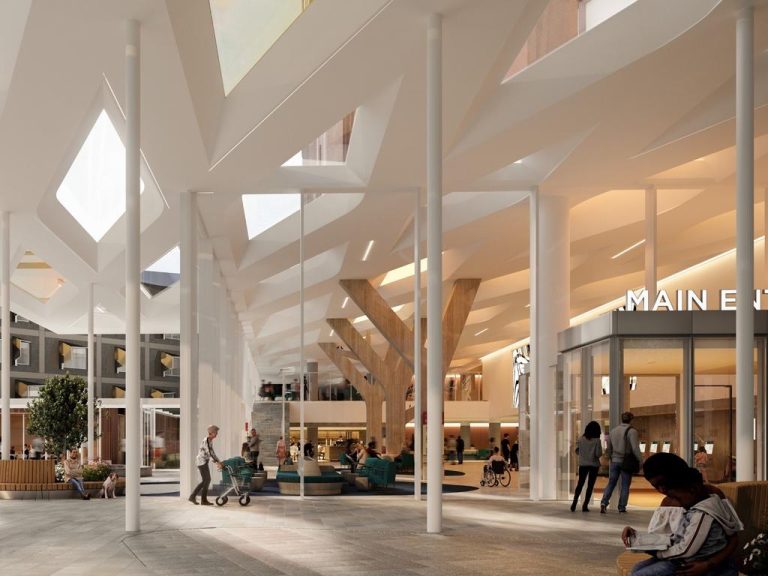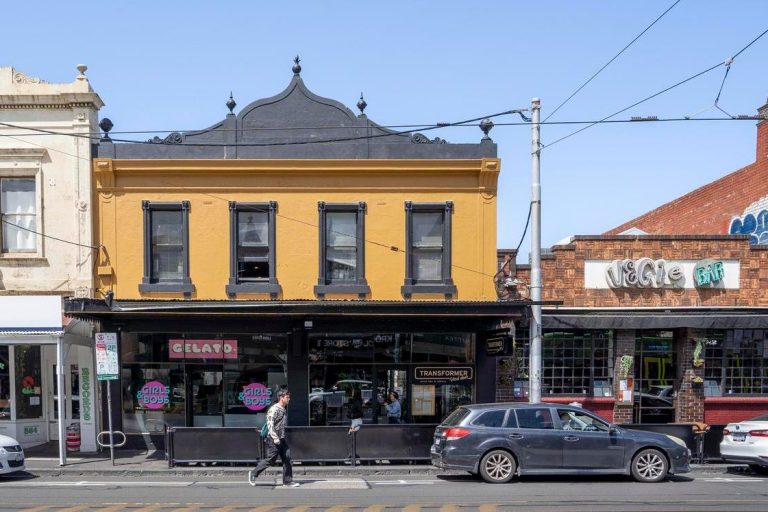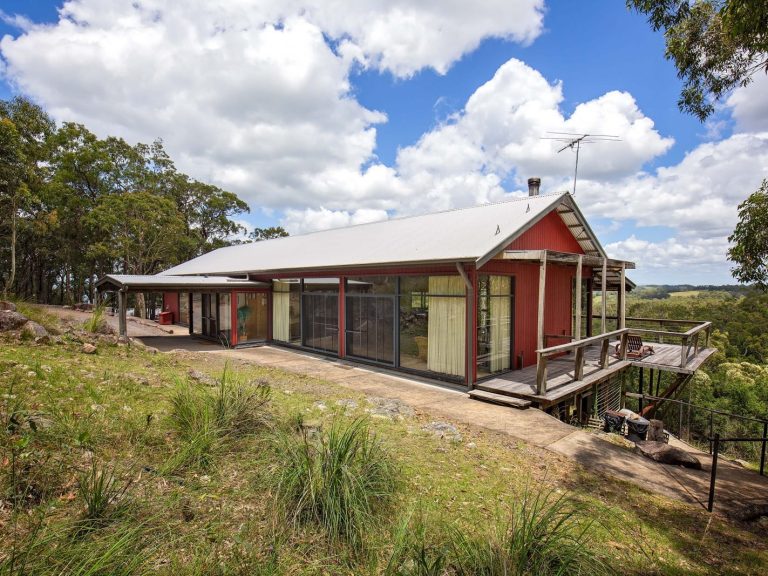Office sector still on long road to recovery despite return-to-office mandates

In what has been welcome news to many office landlords, a rising number of companies are enforcing a return to the office for their employees.
But while office occupancy rates have been trending up, the sector still faces a long road to recovery, which is likely to last a few years yet.
Now, five years on from Australia’s first office closures, where does the sector stand?
Despite the growing number of companies mandating a return to the office, Australia’s combined CBD vacancy rate has yet to come down.
As of January 2025, 13.7% of CBD office space was sitting vacant, the highest level since the 1990s, according to the Property Council’s latest Office Market Report. Vacancy rates in non-CBD markets are even higher, at 17.2%.
While vacancy appears to have stabilised over the past 12 months, growth in net tenant demand has been sluggish and continues to be offset by additions to office supply.
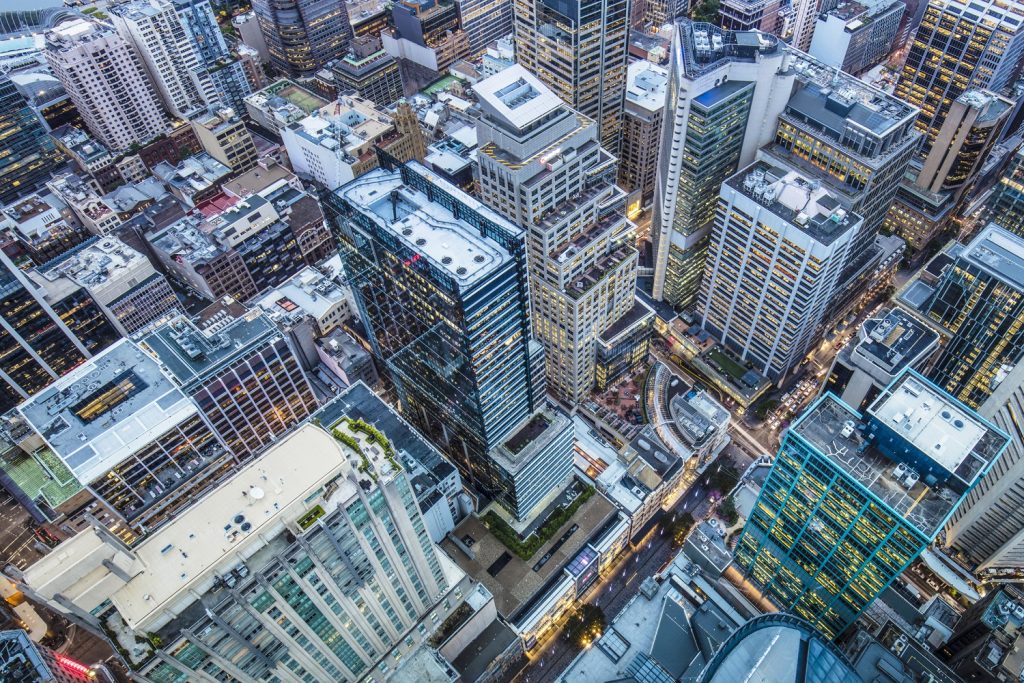
Office vacancy rates have appeared to stabilise across Australia over the past 12 months. Picture: Getty
Since 2020, many companies have contracted their office footprints in response to remote and hybrid working.
And while office attendance has since increased, a meaningful reversal of this trend resulting in companies re-expanding their footprints is yet to occur.
Weighing on demand, growth in white-collar employment – a key driver of office demand – has been subdued over the past two years.
And over the 2024-25 financial year, Deloitte Access Economics is forecasting the total number of white-collar jobs to fall by 0.4% or 23,500 workers.
At the same time, the supply of new office space is increasing.
The second half of 2024 saw more than 220,000 square metres of new office space added to Australia’s capital cities, while a further 333,000 square metres is projected over the first half of this year – well above the historical average level of 238,000.
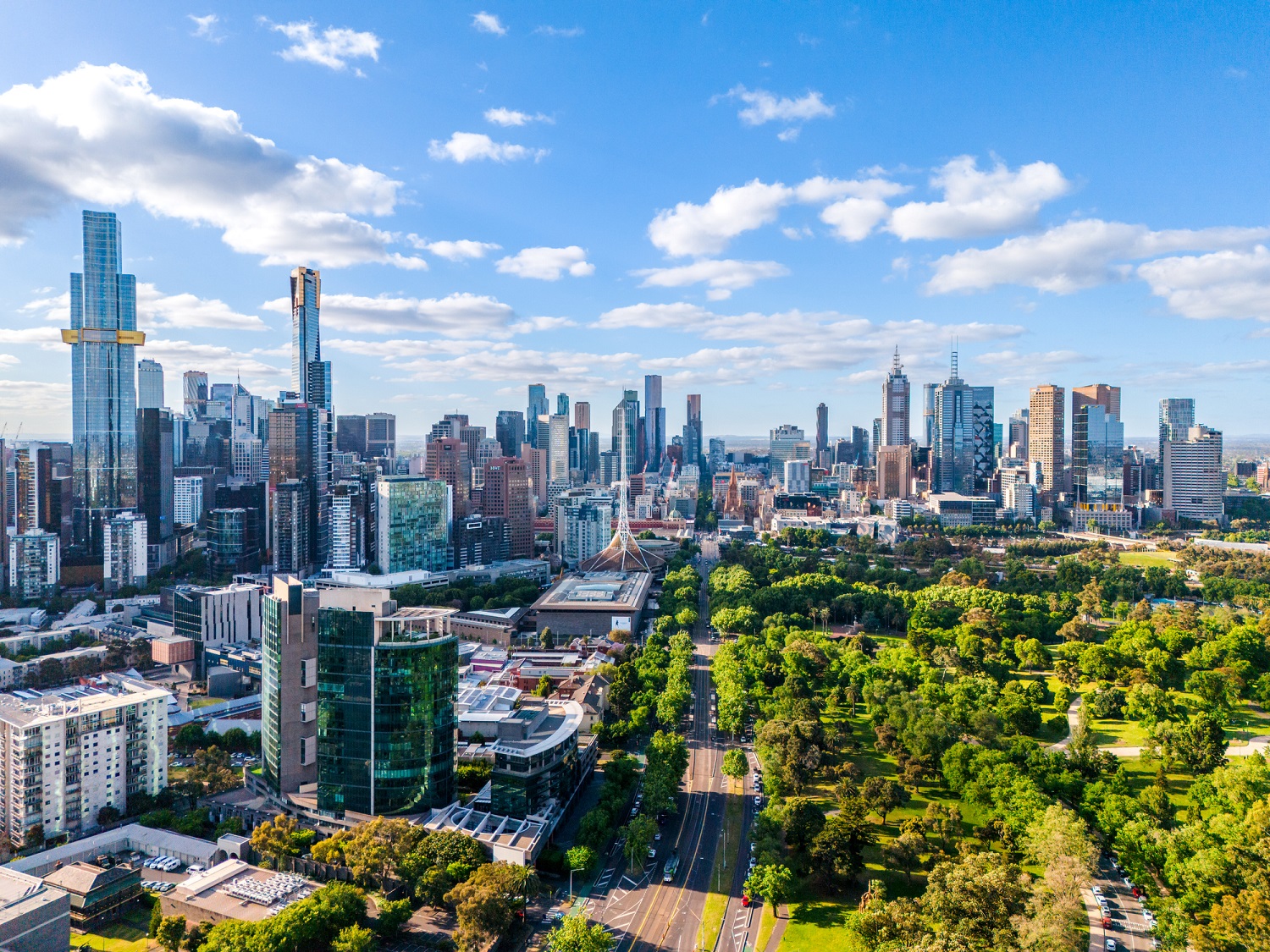
Melbourne remains the most challenging market for office landlords. Picture: Getty
The performance of office markets is mixed across Australia’s capital cities. Sydney, Adelaide, Perth, and Canberra all recorded growth in net tenant demand over the second half of 2024.
Melbourne, Brisbane, Hobart and Darwin, in contrast, all experienced a fall in tenant demand.
Melbourne remains the most challenging market for office landlords, with 18% of office space sitting vacant – the highest level of any capital city.
Slow growth in employment, combined with relatively high levels of new supply, will ensure that the trend of tenants relocating to higher quality buildings will continue over the next few years.
Already we have seen a widening in the vacancy rates between prime and secondary offices as tenants take advantage of attractive lease terms and move to better spaces.
While office transaction volumes in 2024 were up slightly from 2023, they were 51% lower than the five-year pre-pandemic average.
Soft employment growth and high vacancy risk are key concerns for investors. And with yields still expanding in many markets, many of the investors who are looking for opportunities in the sector are likely still biding their time.

